-
Residents of Salisbury Beach pooled their money for a sand dune to protect their homes from coastal erosion.
-
But ‘king’ tide washed away half of the man-made dune after just three days.
-
An ocean engineer says the dune did exactly what it was intended to do.
Residents of Salisbury Beach, Massachusetts spent more than half a million dollars in a last-ditch effort to save their homes from flooding. But after just three days the sea had washed away most of their Hail Mary.
The project, organized by the nonprofit Salisbury Beach Citizens for Change, built a man-made sand dune along the beach to prevent floodwaters from reaching homeowners’ properties. Construction took four weeks, required 15,000 tons of sand and cost residents $600,000 out of pocket.
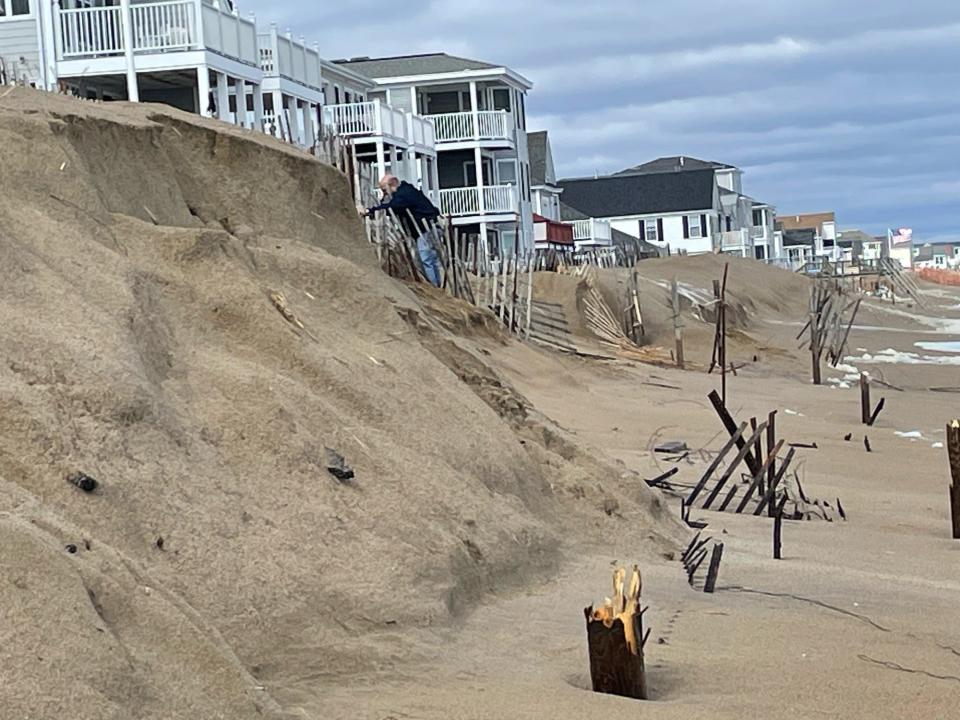

The impetus for the initiative was a series of “king tides” that have battered Salisbury Beach since January, Tom Saab, president of SBCFC, told Business Insider. King tides, according to Saab, are exceptionally high tides with a peak of more than 3 meters high.
Two successive storms in January raised the tide to more than 15 feet, significantly eroding the beach. “The property has been killed,” Saab said. Homeowners suffered damage to their patios and stairs, and even had water in their living rooms, he said.
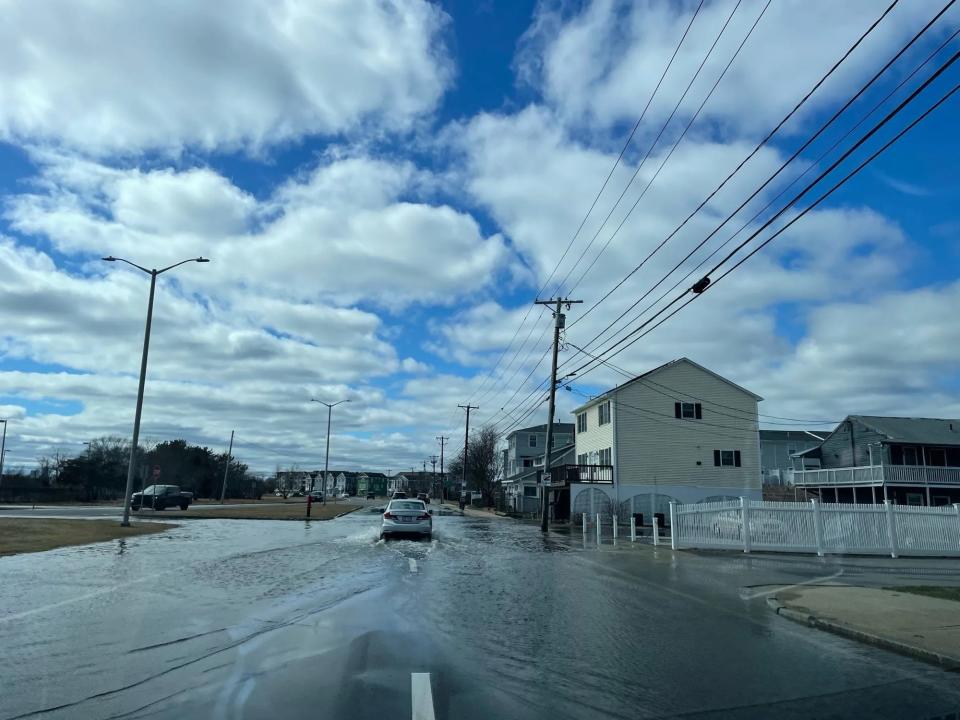

To make matters worse, the storms swept away the natural dunes that protected beachfront properties, making them even more vulnerable to the next inevitable king tide.
In the wake of those storms, SBCFC has asked the state for help, but officials have made no commitment to invest in coastal protection for Salisbury Beach. So the nonprofit and local residents filed an emergency action to build a man-made barrier dune of their own.
The group raised more than half a million dollars in donations from residents and transported enough sand to fill 3.75 Olympic-sized swimming pools and replenish the beach. On March 7, they completed the project.
But then the tide turned again.
This video was posted on the SBCFC Facebook page shows the final stages of construction of Salisbury Beach’s man-made dune.
On March 10, a Nor’easter sent a 15-foot tide onto the beach. By the time the water receded, half of their dune had been washed away. “The $600,000 we put there has been lost,” Saab said. “We lost $300,000 worth of sand.”
But thanks to the dune, their houses were protected. While the rapid collapse means a major financial loss for homeowners, it does not mean the project was a failure, Jens Figlus, a coastal engineer and associate professor at Texas A&M University, told BI.
In fact, he thinks this dune did exactly what it was supposed to do. If it weren’t for it, homeowners would likely pick up the remaining pieces of their damaged homes. The dune saved them.
How man-made dunes protect coastal communities
As climate change raises sea levels and increases the frequency of storms, coastal homes are increasingly at risk. Coastal engineers, like Figlus, are tasked with finding ways to protect them.
Artificial sand dunes are a solution. “They’re basically trying to recreate the natural features found on many beaches,” Figlus explains.
Dunes act as a buffer between the infrastructure on land and the ocean. When beaches erode, coastal homes lose this natural protection. That’s where man-made dunes can take their place. They replace what has been lost and absorb the effects of rising seas so that homes no longer have to.
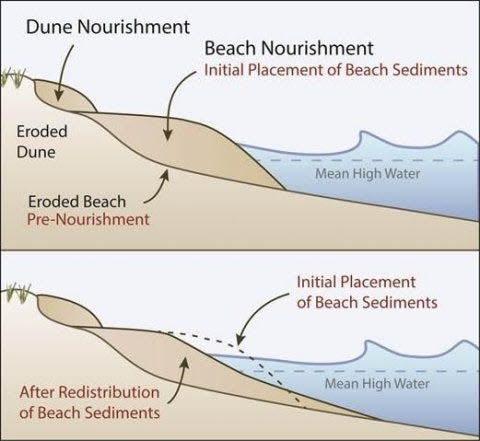

“The dune is a sacrificial structure,” Figlus said. When storms hit and the tides swell, they erode the dune instead of destroying the front deck or foundation of your home, he explained.
This means that over time, every constructed dune will be washed away, just like this one on Salisbury Beach. In that sense, “A dune eroding under a storm like this was doing its job, because if the dune wasn’t there, it would be the houses,” Figlus said.
How quickly that happens is another question.
The fact that a major storm occurred just three days after the Salisbury Dune was built is “tragic,” Figlus admitted, but completely out of residents’ control. If this recent storm had not destroyed the dune, another storm would have eventually done so.
Is it worth investing $600,000 to protect sea levels, which could disappear in days? That’s up to the communities to decide, Figlus said. “You get to a point where it may not be economically viable to put millions of dollars on a few houses and watch it wash away.”
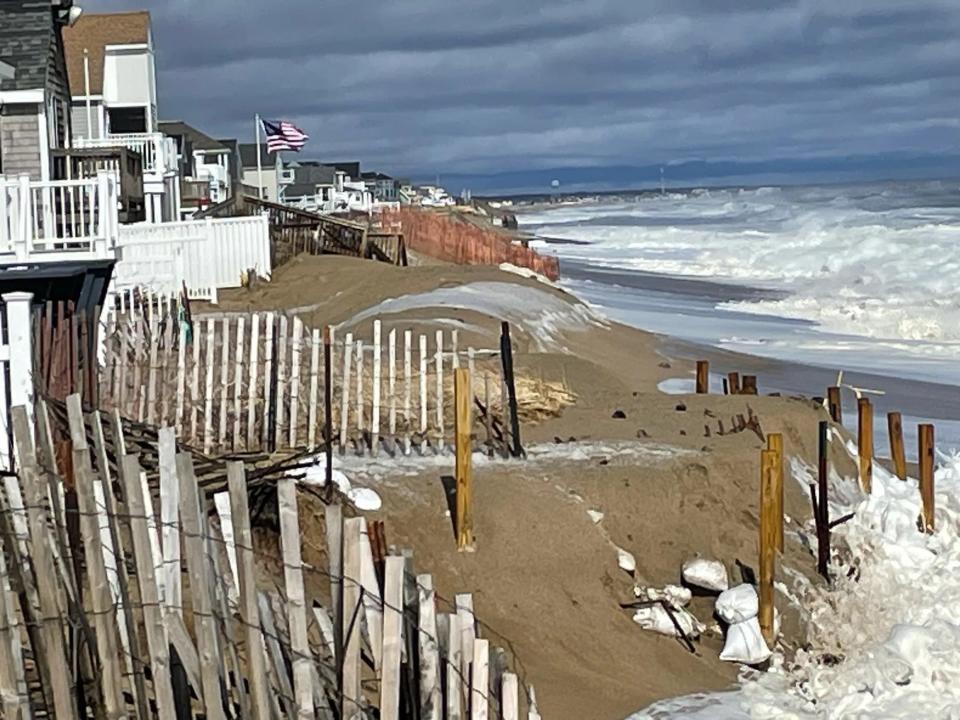

But he still believes man-made dunes are a coastal homeowner’s best defense against rising sea levels. “They’re actually buying time,” he said. “That is still our best option.”
Saab agreed. But he believes the funding should not come from the pockets of coastal homeowners, but from the state. Nevertheless, his repeated pleas for the state of Massachusetts to fund coastal adjustment projects for Salisbury Beach have gone unanswered.
“Our problem is that the state of Massachusetts refuses to help us. It refuses to contribute money and would rather see the beach collapse,” he said.
Instead of funding beach restoration projects, the state is addressing the problem by closing beach access and communicating with Salisbury residents, according to the Massachusetts Department of Conservation and Recreation.
“To ensure the safety of the public, DCR has closed access points 9 and 10 at Salisbury Beach after they suffered damage from recent rainstorms,” a DCR spokeswoman told BI in a written statement. “The Healey-Driscoll government is in regular contact with city representatives, the legislative delegation and the community and will continue to work with them to address the impacts of beach erosion.”
Save Salisbury Beach
This week, Salisbury Beach residents met with environmentalists and members of the Massachusetts Department of Conservation and Recreation to formulate next steps.
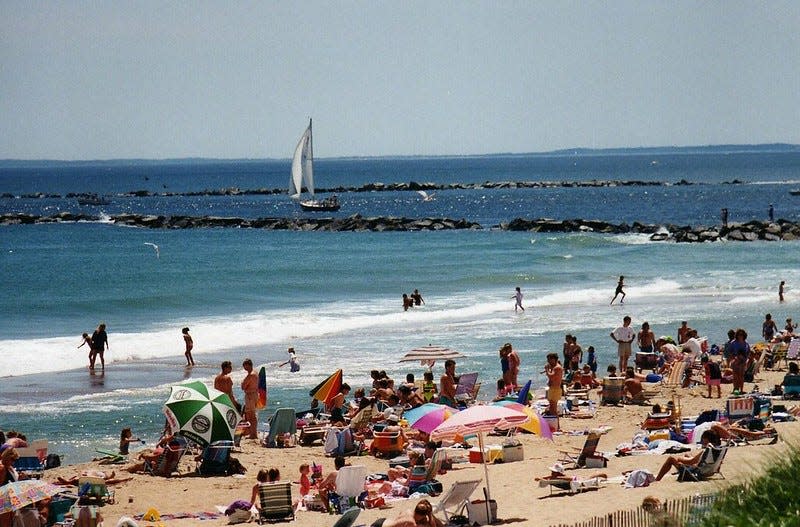

About 170 people gathered for the virtual meeting to plead with state officials to fund coastal protection for Salisbury Beach, Saab said.
In addition to funding future dune projects, they also discussed the possibility of allowing dredging along Salisbury Beach, which involves harvesting sand from the ocean floor and using it to replenish the beach. But currently, Massachusetts is one of the few states on the East Coast where dredging is illegal.
One of the other solutions suggested by Salisbury Beach residents was the use of ‘sand trap bags’, which are essentially large plastic bags filled with sand that can be used to build a protective wall along the beach.
But state officials have made no commitment to move forward with any of these proposals, Saab said. Now SBCFC and local residents are aiming for a different solution: planting dune grass. Seeding sand dunes with grass anchors the sand in place and strengthens the dunes against erosion by waves and wind, according to UMass Amherst.
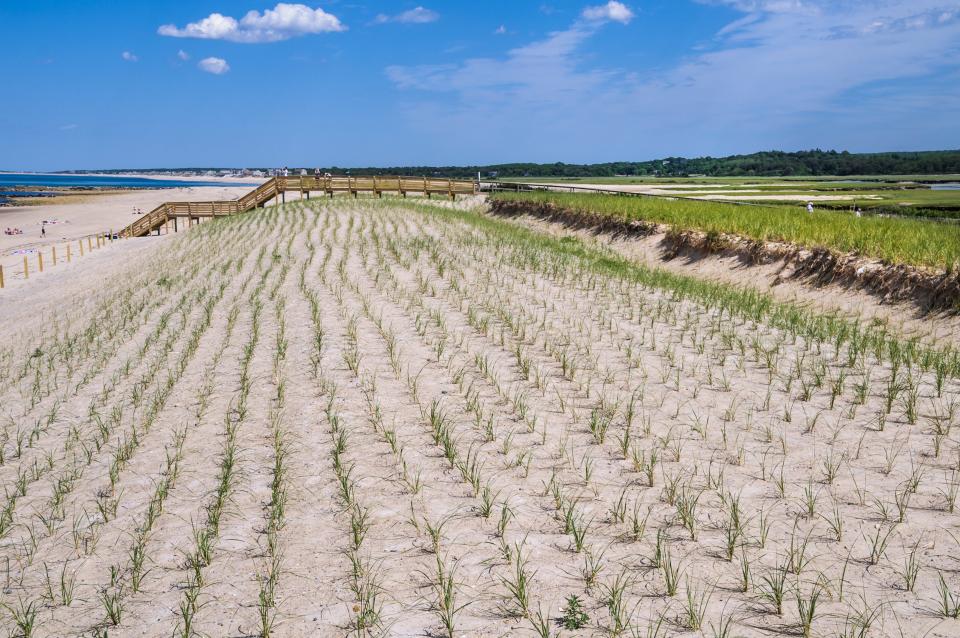

“We are buying hundreds of bundles of dune grass and are going to plant grass on what is left of our dune,” Saab said. Both the funding and labor for this new project will come from the residents of Salisbury Beach.
However, not all of them are willing to participate this time. Some residents are simply unwilling to invest more personal resources in efforts to save the beach, Saab said. But he won’t be throwing in the towel anytime soon.
“I will never give up. We will keep fighting. You have to keep protecting your beach no matter what,” he said.
Read the original article on Business Insider